Realism as a genre in filmmaking fails when you take into consideration the subjective realm of human consciousness. But expressing subjectivity through the camera is a big challenge for any filmmaker. Most would either drift into incoherent abstractions or would make things seem unbearably stiff. The idea of ‘camera-stylo’ which was popularized in the New Wave might sound flashy and fashionable but it is incredibly difficult to carry out on a practical level. Yet, there are filmmakers who refused to be deterred and has surpassed this overwhelming odd and managed to create memorable dream sequences. Following is the list of best dream sequences in movies.
7. 8 1/2 (1963)
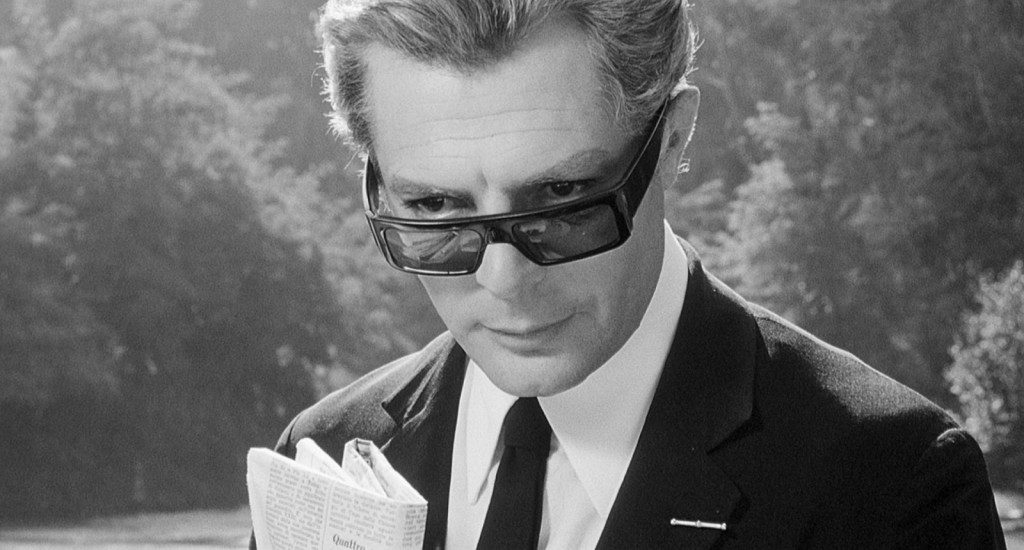
It is the definitive film on a director’s block or in fact on any artist stuck in a limbo. Fellini beautifully rises above the mundane by making an unrestricted mixture of fantasy and realism. Be ready, Fellini is going to break all the rules in here and yet you can’t help keeping your eyes glued to the screen. Mastroianni overdoes his role as Guido Anselmi and delivers an excess that no film-lover can get over easily. Especially appealing is the fantasy sequence where we see Guido flying high in the sky and soon discovers that he has his leg tied to the ground with a rope. And then he comes crashing down. Considering the symbolic implications of the scene, it offers an exposition to what is to unfold in the remaining course of the movie.
6. Nayak (1966)
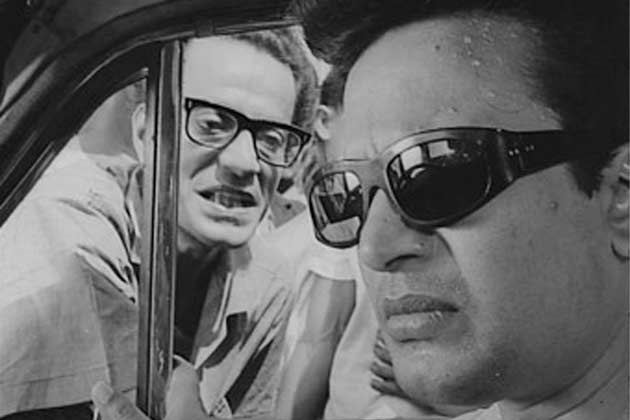
One of the most underrated of Ray’s films, ‘Nayak’ is a supremely well-spun tale of a famous actor revealing his publicly unknown side to a journalist in a train journey. Very different from his early works like Pather Panchalior Mahanagar, this film shows Ray at the zenith of his prowess as a storyteller. The dream sequence, where Arindam (Uttam Kumar) is seen drowning in a quicksand of money is an exploration into the depths of the character’s psyche and makes apparent the burden on his conscience. Moreover, it helps in creating a contrast between all the glamour and dazzle of life and how he actually feels like inside.
5. Trainspotting (1996)
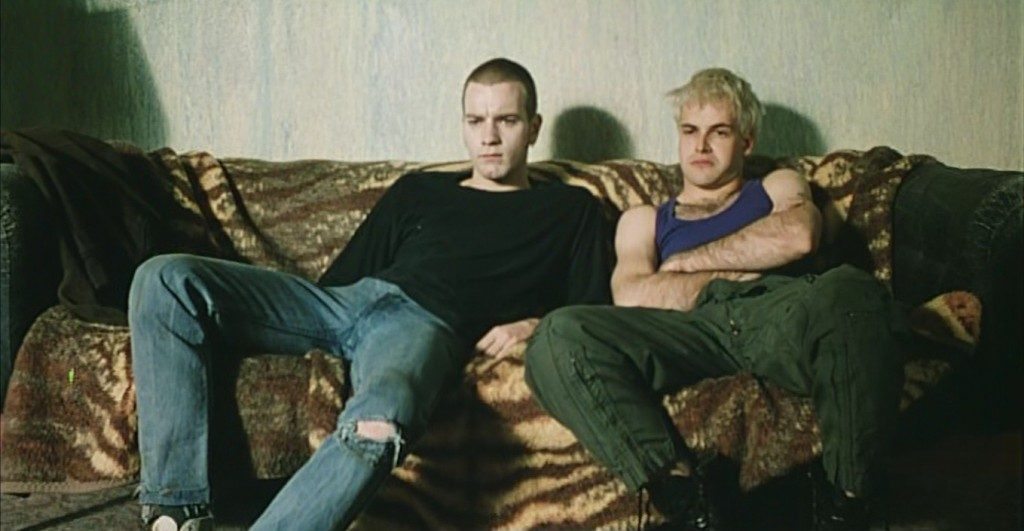
Danny Boyle’s comic take on the Scottish drug scene is not so comic after all. The film’s neutral and non-judgmental stance towards the heroin-addict characters not only adds up to the realism but is also very refreshing. Finally, you get to see a movie where the director does not want to tell you that drugs are bad for you and instead, he lets one figure out what is to be done on their own. The dream-sequence is perhaps a fine piece of art in itself even when viewed independent of the larger narrative. Not only is the scene where Renton slides into the commode to get is pill innovatively done, it also succeeds in communicating the emotional state of the protagonist to the audience. It a) gives an insight into the hallucinatory effects of the drug and b) shows the way how dependence compels one to act in ways that cannot be rationally understood.
4. Waltz With Bashir (2008)
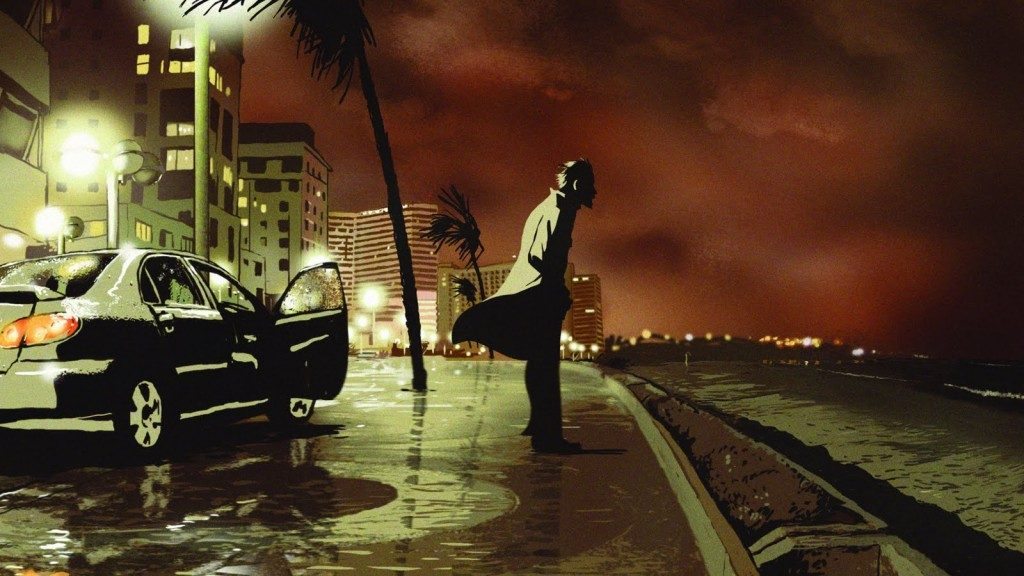
Waltz with Bashir tracks Ari Folman’s personal journey to retain his forgotten memories as a soldier of the IDF infantry. The film begins with a dream sequence which shows twenty six dogs creating a rampage through the city. Although this happens to be a short sequence, its thematic significance transcends it apparently brief span. This is not the only dream that is of importance in the film. Folman uses a very special technique of dreams combined with personal narratives in order to explore the horrors of war. Banned in Lebanon on account of its anti-Lebanese stance, it is perhaps one of the finest anti-war films to have come out in the millennium.
3. Mulholland Drive (2001)
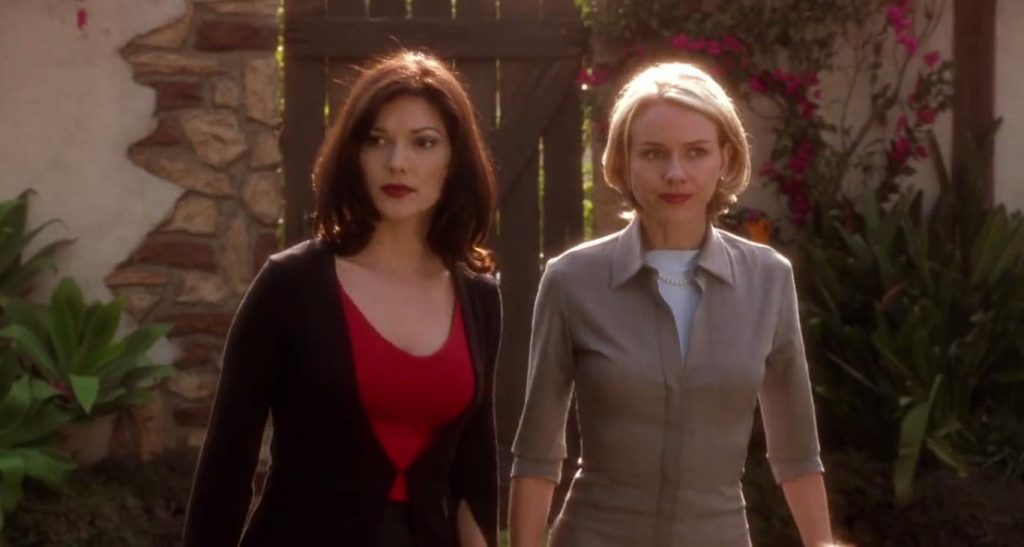
For David Lynch, dreams and the unconscious have been constant sources of intrigue. Lynch firmly believes that an exploration of reality remains incomplete if the activities of the unconscious mind are left unaddressed. Mulholand Dr. is perhaps Lynch’s most ambitious project. Its form is refreshingly ‘un-Hollywood’ and Lynch sets himself as a class apart. The scenes have an almost feverish kind of urgency in them which impart both the glitter and charm of life in Hollywood and the darkness lying beneath it. One would lose track of which part of the movie is a dream and which part is reality. But I believe that it would be wrong to approach the film in terms of a dream/reality binary especially because, for Lynch, reality is never the objective. Reality is experiential and dreams invariably become an intrinsic part of it.
2. The Discreet Charm of the Bourgeoisie (1972)
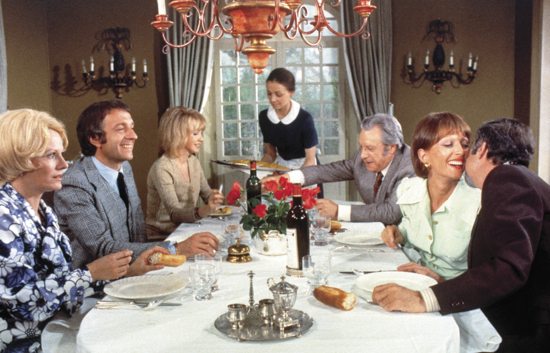
When it comes to Luis Bunuel, dreams were his specialization. Bunuel had this special habit of using surrealist techniques in order to depict the concerns of the real world. One must watch Bunuel in order to understand the failings of realism and naturalism as genres. The entire film takes place in the form of a dream using dream images and structured with a Chinese-box-like technique. There are dreams within dreams and in the end it becomes almost impossible to distinguish dreams from reality. With the use of such techniques Bunuel brilliantly portrays the ills plaguing current society in the form of a collective unconscious. The film implications are almost frightening.
1. Dreams (1990)

Two hours of pure poetry. Nowhere else does the line between cinema and poetry blur as in this film. Kurosawa combines the most outlandish images from his dreams and creates a fascinating masterpiece out of it. This film surpasses all your expectations and it is nothing like anything you’ve ever seen. The fourth dream is the one I find the best. It shows a discharged Japanese army general encountering the zombie of a dead soldier in his platoon. He has to explain to his dead subordinate that the dead cannot roam about among the living and he must return to the realm of death. Not only is the sequence replete with anti-war themes, it also expresses the fundamental meaninglessness of human life. The sequence ends with the entire platoon, now a group of zombies, marching out of the tunnel and the general beseeching them to return.
Read More: Best Dream Movies

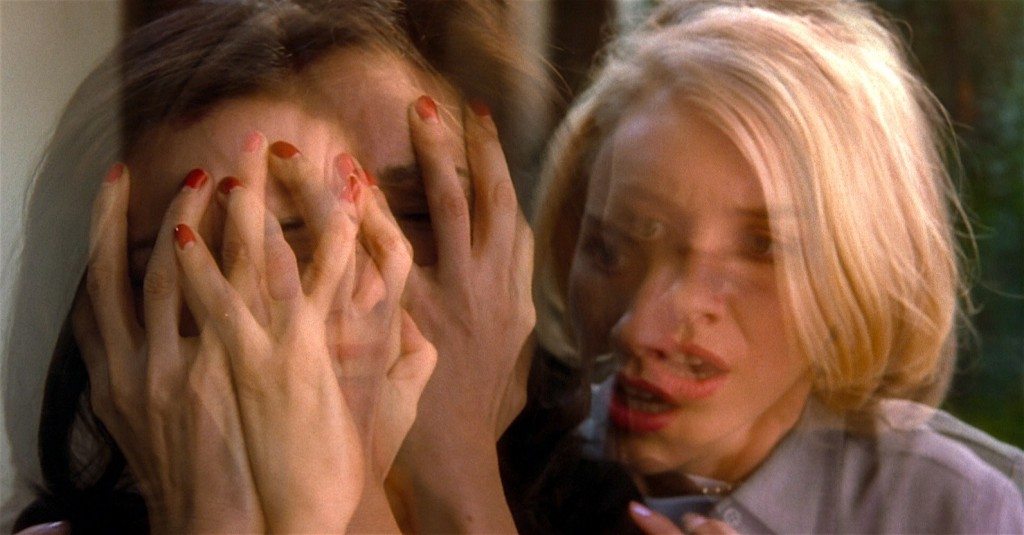
You must be logged in to post a comment.